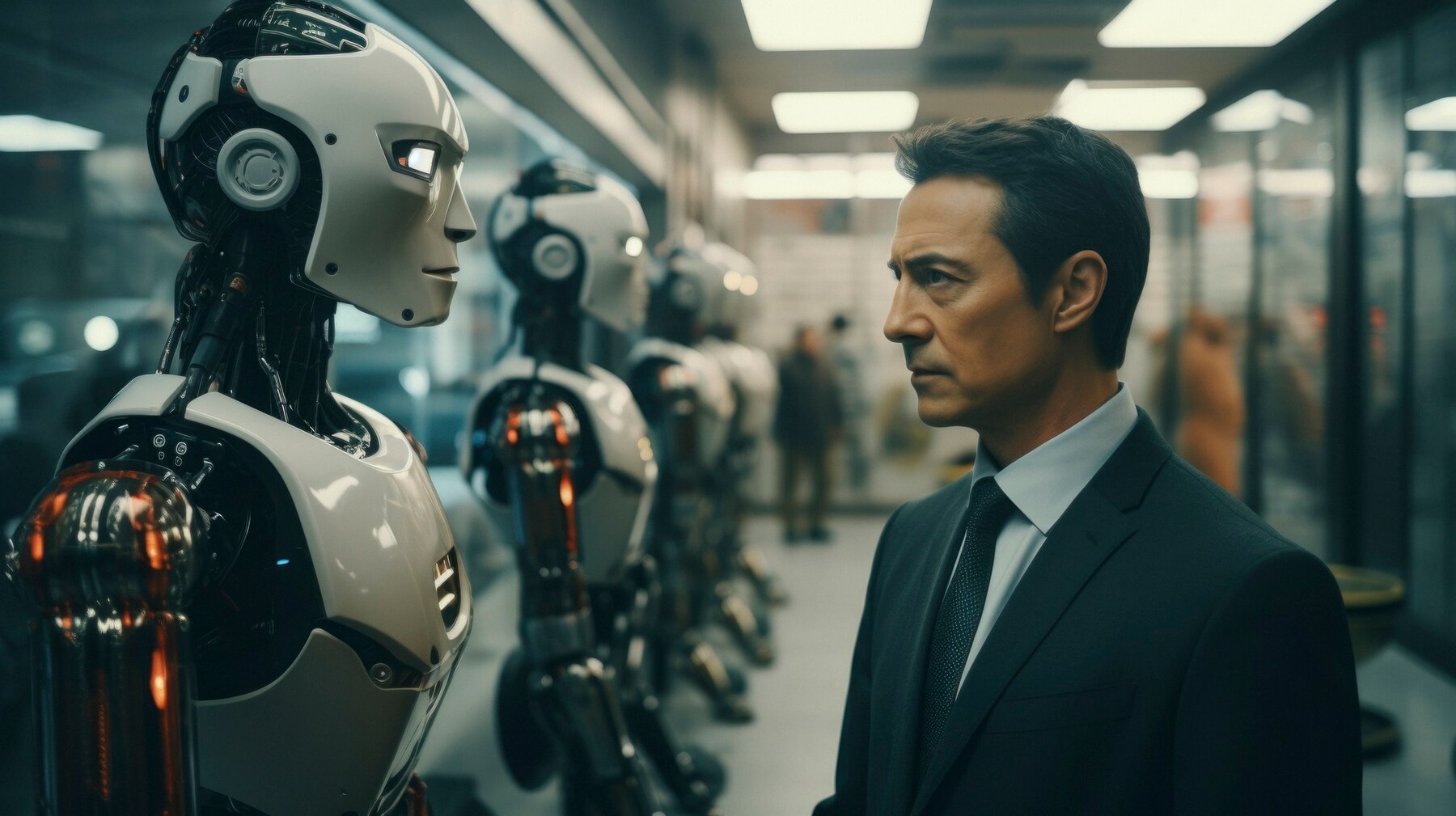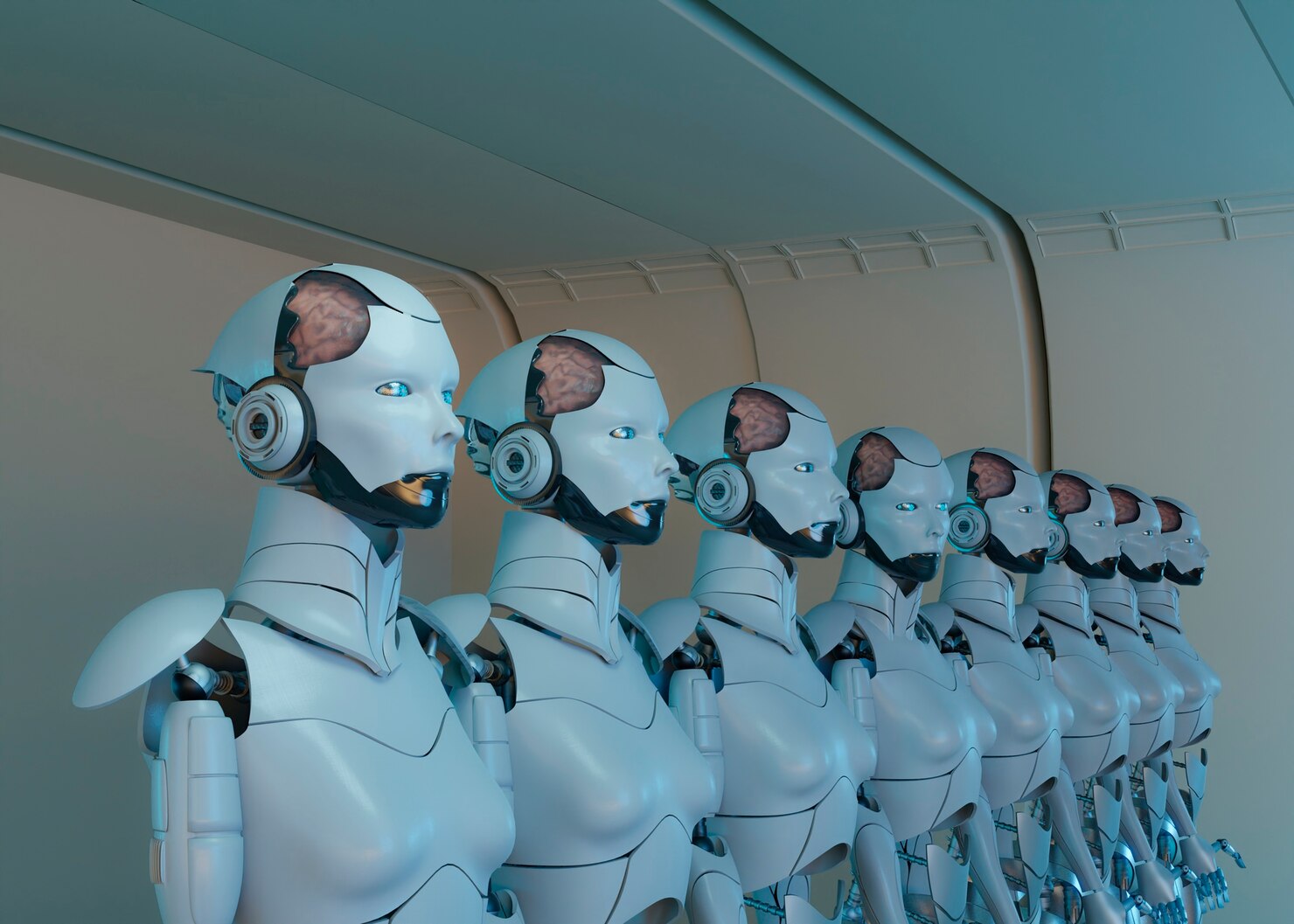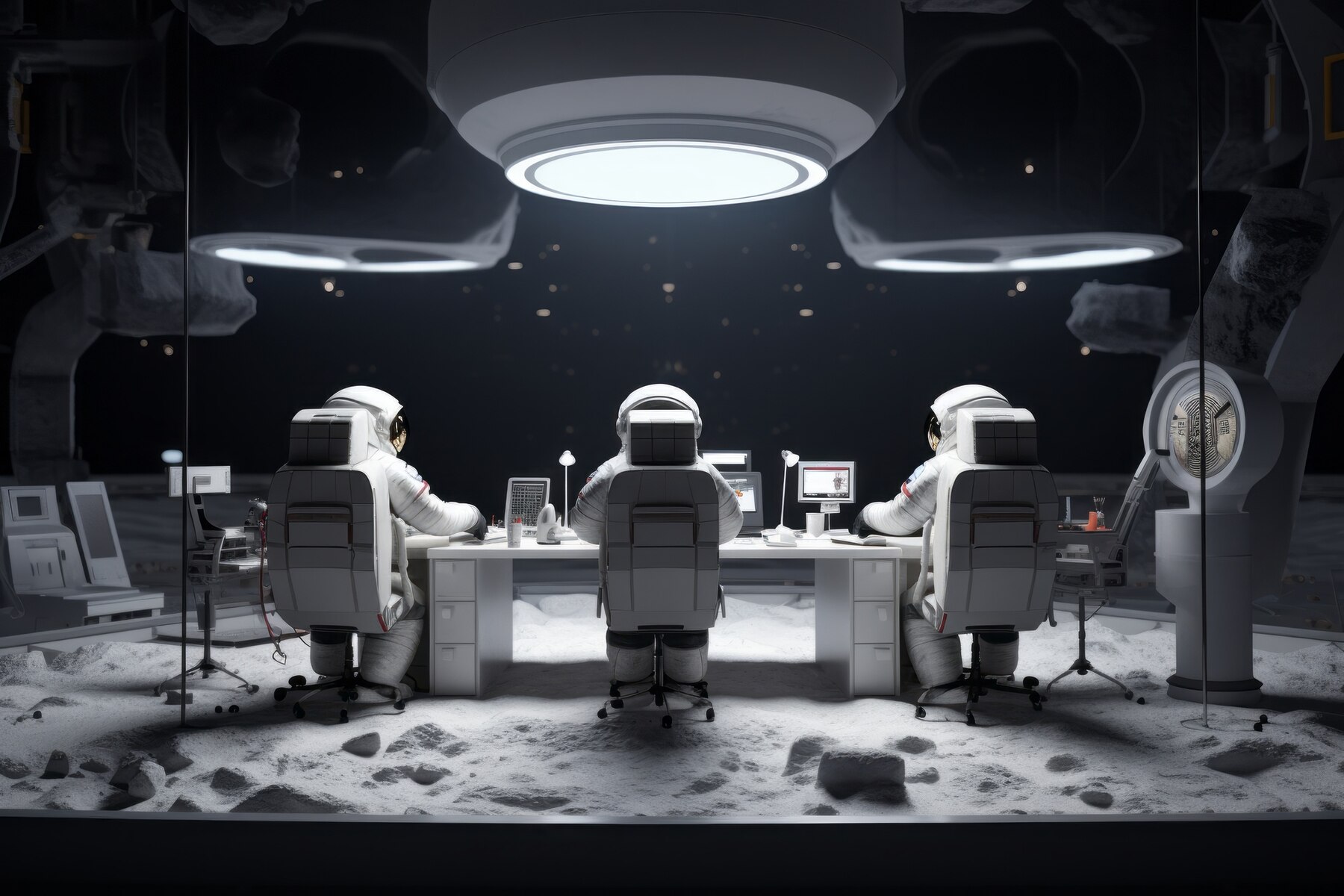
The Most Advanced Robots of 2025
This article looks at the top robots of 2025. It highlights their skills, uses, and the breakthroughs that set them apart. Whether you love tech, own a business, or are just curious, these robotics advancements will amaze you.
This article explores the best future robots, the robots of 2025. It showcases their skills, applications and the innovations that distinguish them from the pack. Tech enthusiasts, entrepreneurs and the simply curious will marvel at these robotics innovations.

The Rise of Intelligent Robotics
How Robotics Has Evolved
A decade ago, robots were primarily limited to industrial automation. Today, advanced AI robots can think, learn from their surroundings, and imitate human behaviour.
Key factors influencing robotics growth:
- AI and Machine Learning: Robots can now process large amounts of data and make autonomous decisions.
- Enhanced Sensors: Improved vision, touch, and auditory sensors make robots more adaptable.
- Human-Robot Collaboration: Advanced robots can work safely alongside humans in diverse environments.
- Miniaturisation boosts efficiency: Smaller parts let robots perform complex tasks more accurately.
Now, let’s explore the most innovative robots of 2025 and how they are revolutionising different sectors.
The Most Advanced Robots of 2025
Tesla Optimus Gen 2 – The Future of Humanoid Robots
Industry: Consumer and Industrial Automation
Tesla’s Optimus Gen 2, the latest iteration of its humanoid robot, has taken the world by storm. This robot is made for challenging and risky jobs. It can do household chores, factory tasks, and basic customer service.
Key Features:
- Enhanced Dexterity: Its advanced hands and fingers let it handle objects with human-like precision.
- AI-Powered Decision Making: Uses deep learning for real-time problem-solving.
- Energy Efficient: It runs on a sustainable power source, making it an eco-friendly alternative to human labour.
- Seamless Integration: Works alongside humans in both industrial and domestic settings.
Ameca 2.0 – The Most Human-Like AI Robot
Industry: Customer Service and Social Interaction
Ameca 2.0 is a super realistic humanoid robot made by Engineered Arts. It’s built for social interactions and uses facial expressions and voice changes that look like human behaviour. It has been used in museums, reception desks, and schools.
Key Features:
- Facial Recognition & Emotional Response: Can detect emotions and respond appropriately.
- Multilingual Communication: Supports over 50 languages, making it ideal for global interactions.
- Improved AI Algorithms: Capable of holding intelligent conversations.
Boston Dynamics Atlas – The Most Agile Robot
Industry: Search and Rescue, Military, and Construction
Boston Dynamics has continued to refine Atlas, making it the most advanced bipedal robot. In 2025, Atlas will be faster, stronger, and more dexterous than ever.
Key Features:
- Parkour Abilities: Can jump, run, and climb obstacles with human-like agility.
- Precision Handling: Enhanced limb coordination allows it to manipulate objects precisely.
- Autonomous Navigation: Uses LiDAR and AI to navigate through challenging terrains.
Agility Robotics’ Digit – The Future of Warehouse Automation
Industry: Logistics and E-commerce
The rise of e-commerce has led to a demand for automated warehouse solutions. Digit is a bipedal robot from Agility Robotics. It helps with order picking and inventory management in fulfilment centres.
Key Features:
- Autonomous Delivery & Stacking: Can move items efficiently within warehouses.
- Seamless Human Interaction: Works safely alongside human employees.
- Compact and Lightweight: Designed to operate in confined spaces.
Moxi – The Healthcare Assistant Robot
Industry: Healthcare
Hospitals worldwide are using robots like Moxi. These robots help with non-clinical tasks, such as delivering supplies and managing patient care logistics.
Key Features:
- AI-Powered Task Automation: Handles routine hospital duties, freeing up staff for patient care.
- Safe & Reliable: Built with sanitisation features to prevent contamination.
- 24/7 Availability: Operates continuously without fatigue.
The Impact of Robotics on Society
The Benefits of Advanced Robots
- Increased Efficiency: Automation reduces operational costs and improves productivity.
- Enhanced Safety: Robots can perform dangerous tasks, minimising human risk.
- Improved Quality of Life: Assistive robots help elderly and disabled individuals maintain independence.
- Economic Growth: The robotics industry generates new job opportunities and drives innovation.
Ethical and Practical Challenges
Despite their benefits, advanced robots also raise concerns:
- Job Displacement: Automation could replace traditional roles in specific industries.
- Data Privacy: AI-powered robots collect and process vast amounts of personal data.
- Ethical AI Decision-Making: Ensuring robots make fair and unbiased decisions remains challenging.
Governments and companies need to team up. They must create ethical guidelines for using robots.
The Future of Robotics
In the future, robotics technology will keep evolving. This change will bring both new possibilities and challenges. Key trends include:
- AI-Driven Robotics: Machines will become more autonomous and intelligent.
- Human-Robot Collaboration: Future robots will seamlessly work alongside humans in various industries.
- Sustainable Robotics: Eco-friendly materials and energy-efficient robots will be prioritised.
- Personalised AI Companions: Soon, robots that can understand feelings and adapt will be in homes and workplaces daily.
The future is bright for robotics, and 2025 is just the beginning of an exciting era of innovation.

The Future of Robotics: What Lies Ahead in 2025 and Beyond
Such awesome robots of 2025 demonstrate how generative AI is transforming industries and how Tesla’s Optimus Gen 2 and Moxi are changing our world in healthcare. These robots add productivity, enhancing safety and convenience in everyday life.
We must keep up with changing technology as new robotics opportunities arise. We also need to confront the ethical and societal challenges they present.” Prepare yourselves to witness the future of robotics.
So, keep following, questioning, and discovering the endless potential of AI-powered automating!
What do you think about these developments? Let us know your thoughts in the comments section!


